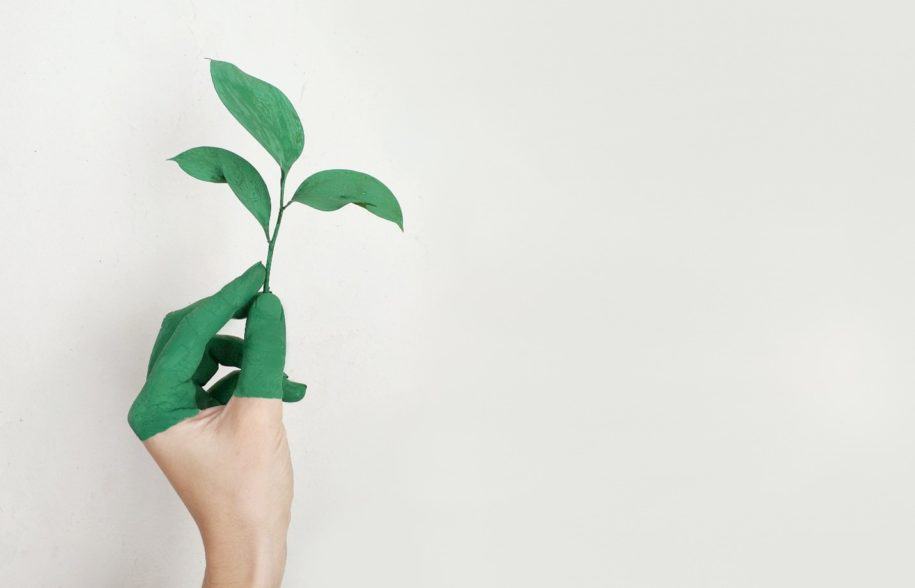In the last decade, sustainability has become a strategic and operational imperative for business viability and survival. Sustainable practices are no longer considered a “good-to-have” feature of business operations. Rather, transformation into a sustainable organization is becoming essential for business longevity. This means adopting practices that are environmentally and socially responsible. Senior leadership and executives within these organizations need to lead the way in building and managing sustainable organizations.
While most organizations focus on the external impact of sustainability measures, sustainable organizations also implement policies to create a foundational, internal culture of sustainability. This is accomplished by management researching stakeholder expectations and then embedding applicable sustainability ideals within the organization’s vision and objectives. Once these values have been effectively communicated to employees at every level, they will shape strategic decision-making and reinforce employee behavior that supports the sustainable culture in all aspects of the business. To successfully transition a sustainable organization from a conventional business, CEOs and other senior executives must fully understand and embrace the tasks of meeting stakeholders’ increasing expectations, managing sustainability-related risks, and capturing business opportunities.
According to research by McKinsey, senior leadership can build and manage sustainable organizations most effectively by following these three strategies:
- Embed sustainability in the company’s decision-making and strategy–setting processes.
A company’s senior leadership is best positioned to embed sustainability in its most important and impactful strategies and decisions. Executive buy-in is essential for the effective management of sustainability. The goal is not simply to have a great sustainability strategy for the company, but rather a corporate strategy that includes sustainability as a core component and embeds it into its corporate culture.
- Shape the company’s portfolio to demonstrate a strategy focused on sustainability for the company.
Once an organization’s sustainability-related priorities and goals are clear, the senior leadership should focus on making key decisions on capital allocation, R&D funding, and portfolios according to these set priorities and goals.
- Scale up sustainable business practices through a full transformation.
Company leadership should go from being reactive to proactive in order to incorporate sustainability in business planning. To build a successful sustainable organization, they should empower and motivate the whole organization to act on these issues and scale sustainability initiatives into large-scale change efforts. To ensure buy-in across the organization, company leadership needs to do its homework in understanding and recognizing which sustainability topics the company should and should not prioritize. This can be done using a stakeholder approach, along with assessing specific impact from the organization.
Just as with safety programs, there is no “one-size-fits-all” sustainability template. Therefore, it is imperative to first have management buy-in, as leaders are perfectly positioned to understand stakeholder concerns, the resources available to implement change, the needs of the business, and the existing mentality of employees. Investing in thorough research for all of these aspects is imperative if the change is to be long-lasting.
Author Bio

Fatima Fasih
Experienced in corporate sustainability in both developed and emerging markets, Fatima Fasih has over 5 years of experience in advising businesses on their sustainability strategies and reporting. She also assists businesses in identifying their progress on the UN Sustainable Development Goals.
Currently, working as an independent Sustainability Consultant, Fatima holds a Masters degree in Sustainability Management and Bachelors in Health Sciences and Environmental Science from the University of Toronto.
She is also certified a Greenhouse Gas Inventory Quantifier (GHG-IQ) and aims to work towards pushing businesses to play a larger role in solving the world’s biggest sustainable development problems: hunger, poverty, and inequality.



